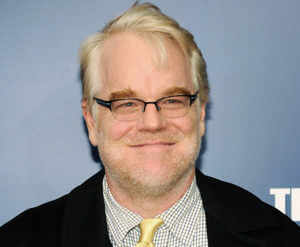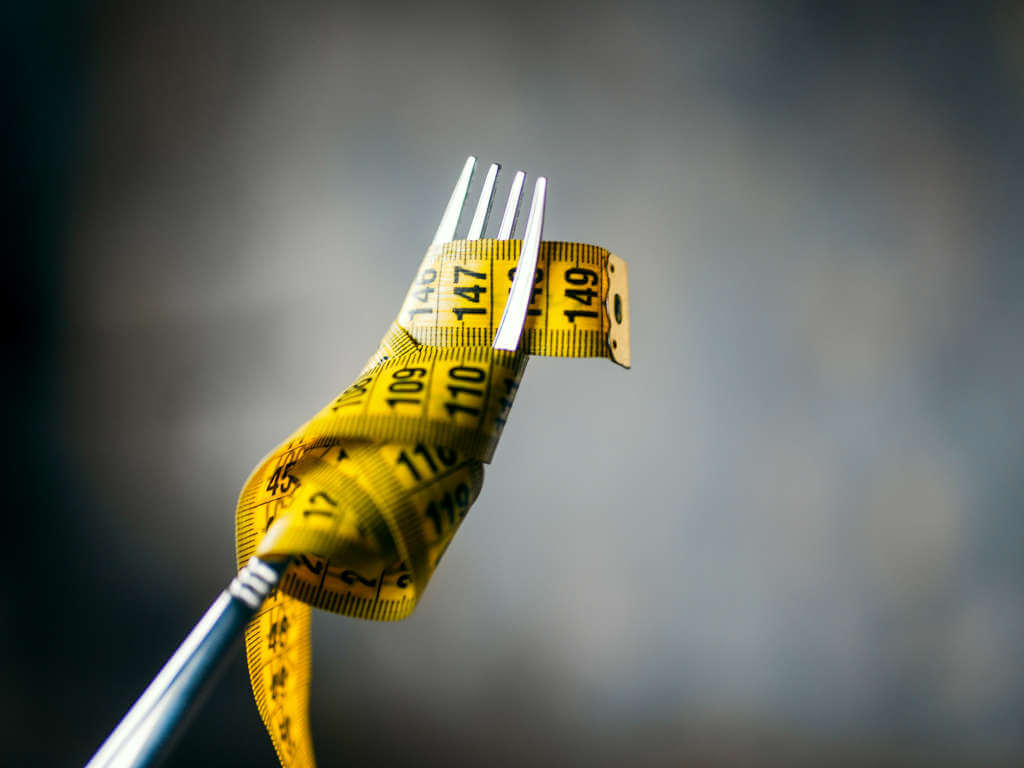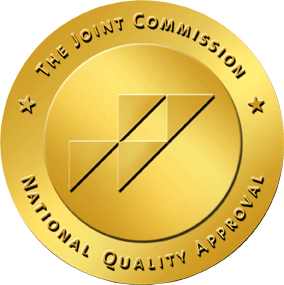Body Dysmorphic Disorder Treatment
Body Dysmorphic Disorder or BDD is a where a person constantly thinks and obsesses about their body appearance or flaws and focuses on things that people would not normally notice. Sometimes Body Dysmorphic Disorder causes the person too much embarrassment or stress that they will not participate in social situations or be around other people.
Common characteristics of someone with BDD includes constantly checking appearance in the mirror, seeking reassurance regarding their looks or looking for things wrong with how they look. The person who suffers may seek out medical procedures in order to change their appearance in a positive way or to make themselves feel better. This may be temporary satisfaction from this but eventually it goes away and the person finds something else wrong.
Body Dysmorphia Disorder
We live in a world that is obsessed with the way we look but what happens when the way we think we look takes over our life?
Let’s talk about BDD, Body Dysmorphic Disorder. What is it? How do we know we have it, and what do we do about it? Body Dysmorphic Disorder or BDD is a mental disorder in which you can’t stop thinking about one or more perceived effects or flaws in your own appearance. A flaw that to others they may never know is there. Not noticeable at all!
But to someone with BDD it could be so extreme and obvious that they feel ashamed and anxious and avoid social situations because of it. BDD share some of the features with eating disorders and obsessive-compulsive disorders but not the same. It’s not an eating disorder. And this is where we make the distinction. BDD is similar to eating disorders in that both involve a concern with body image.
However a person with an eating disorder worries about weight and the shape of the entire body while a person with bdd is concerned about a specific body part or a specific flaw. Acne, scars, hair, veins or vascularity, redness or cellulite on the body, can be some areas of fixated for someone with BDD. Say someone is fixated on the look of their hair or skin. They might spend hours in the mirror obsessing over a scar or blemish. Maybe they are even late to work because of how long they are spending focusing on that area putting makup on it making it just right.
This can be problematic because it can greatly impact your life as you compare yourself to others hide or undergo risky surgeries or treatments that change the way you look.
So what do we do about it? What do we do if we have BDD?
If any of this sounds familiar, talk with a supportive family member or friend. Speak with your doctor about your concerns and seek out help from your therapist and dietitian It might feel like these things will never change but we can shift this and we can make peace with our body and our appearance.
The most common areas of concern with people who have this disorder include:
- Skin problems- wrinkles, scars, acnes or other skin blemishes
- Features with the face or skin- most likely involving the nose or other skin features that include size or shape
- Hair- head or body hair or could include the loss of hair
- Body Weight- obsession with body size or muscle tone
Insert link to blog “What is Body Dysmporphia Disease or BDD”
Criteria
The following criteria can be used to determine if someone has BDD:
- Obsession with one or more imperfections of a person’s appearance that others may not see or think is a big deal
- Common behaviors such as checking the mirror, touching or messing with the appeared flaw or comparing themselves to others
- The person is unable to function properly in a social setting, is preoccupied to the point of total distraction and distress
Diagnosis
Seeking your primary care physician is the first step in determining if you suffer from body dysmorphic disorder. The physician will perform an exam that will go over your physical and mental state and the circumstances in which determine if you need to be referred to a specialist.
Some people who are struggling with BDD will never get formally diagnosed or get the treatment that they need to get better. This is because many people will not seek medical advice for it. Often, people with this disorder will seek out help from an orthodontist, plastic surgeon or dermatologist that can help make changes with their physical appearance.
Diagnosis is typically determined with:
- A psychological assessment to determine risk factors, thoughts, feelings or behaviors that might lead to believe the person has BDD
- Medical history including personal, social or family members who have the disease
- Symptoms that are listed in the Diagnostic and Statistical Manual of Mental Disorders DSM-5, published by the American Psychiatric Association
Treatment for BDD
Medications – Some medications such as serotonin reuptake inhibitors or SSRI’s are an antidepressant that helps to decrease the symptoms associate with obsessive compulsive disorder
Cognitive Behavior Therapy – There are several steps to this type of therapy that include:
- The patient is asked to attend social situations and not allow them to cover up their “defect”
- A therapist will help the patient to find new ways to handle the issue that they have and how they are feeling about it. If there is compulsive behavior associated, they will help them find new coping strategies
- The therapist will discuss how the patient is feeling about their appearance and allow them to not let it bother them to the same extent
Cognitive Strategies for BDD
There are many cognitive strategies that will help in coping with BDD. A therapist is used to identify maladaptive thoughts, evaluating them and determining a way to generate new types of healthy thoughts in place of the negative thoughts taking over them.
Many times, when someone suffers from BDD they also have “all or nothing” thoughts that can be detrimental to their mental health. A therapist will work with the patient to determine how those thoughts effect their daily lives. For example, maybe someone will not ride the bus or attend work because they have a blemish or feel like they are overweight. Once these thoughts are determined, the therapist can help to analyze these thoughts and ultimately get to a place where they can change them.
Common beliefs of someone with BDD is that they aren’t lovable or that they aren’t inadequate at their job, school, relationship etc. These beliefs will emerge after many therapy sessions where the patient feels safe enough to discuss them. The therapist works at developing a trust with the patient and asks necessary questions to determine what the issue really is. For example, the patient might say that they are overweight or have a big nose. The therapist will ask questions to determine the underlying issues such as “what does it mean if you are overweight?” the patient then responds with something like “if I am overweight then they won’t like me or love me” deeming them unlovable.
Preventing Relapse
It’s important to think about the challenges that you will face once the treatment process is done and you are up against things that may trigger you. A therapist helps to determine what these challenges may be and develops healthy coping strategies to handle the situations. Even after treatment ends it’s important to follow up with your therapist to continue discussing the hard times that may cause relapse to happen.
Recover from BDD In Los Angeles
Body dysmorphia is a condition that is no less painful than any other mental health illness. Those who have it are often experiencing a number of other Body Dysmorphic Disorder symptoms underneath the guise of being perfect, such as low self-esteem, pervasive sadness, feeling emotionally drained, and suicidal thoughts. However, our body dysmorphia treatment in Los Angeles can offer those individuals the opportunity to get in control of their behaviors in ways that support their positive mental health.
If you are struggling with body dysmorphia, know that you are not alone. About 1 in 50 people in the United States have this condition, as it is extremely pervasive. But you do not need to remain trapped in your dysmorphia. You can make the changes you need to live happily.
Do not wait. Reach out to our caring professional staff today to learn more about our Los Angeles body dysmorphia treatment program.













